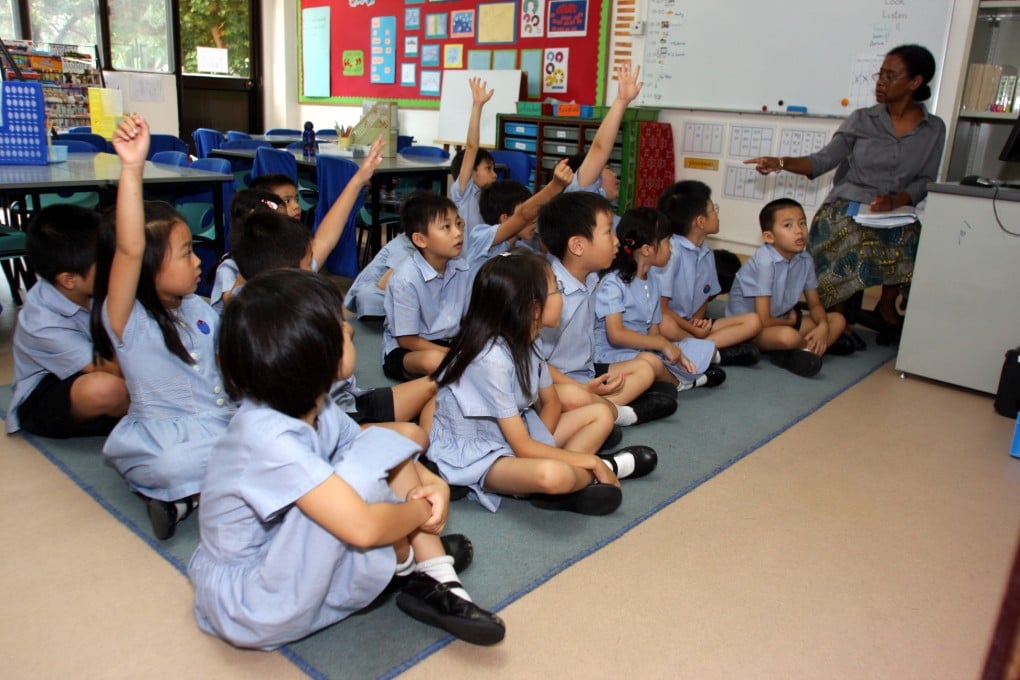Teaching critical thinking helps children develop an open mind
Paul Stapleton says that teaching young children to think critically could help them become better at accepting a diversity of views

In education circles, the term "critical thinking" has become one of the buzzwords of our times. More often than not, the term is used to lament the lack of good-quality thinking among the current generation of students. Usually, it is the education system that takes the blame for this.
The typical refrain is our system of education focuses too much on rote memorisation to prepare students for exams.
It may come as a surprise then that our youngsters do indeed have critical capacities, and they can even express these in their second language, English, if they are given appropriate contexts and training.
In a recent study at a primary school in Tai Po, three teachers and I gave two weeks of instruction in counterarguing to 80 Primary Six students.
At first, the students struggled with the idea of putting themselves in another's shoes. With some training, however, they began to enjoy generating opinions and reasons contrary to their own.
The topics we chose included: "Is having to wear a school uniform a good idea?", "Is being an only child better?" and "Is it a good idea to allow students to have mobile phones at school?"